WYSIWYG control code editor
Hey there!
Tired of manually writing that long, one-line print statement, filled with control codes in order to layout static text like in a title screen, painstakingly modifying \^j and \+ values to position the text just right, adjusting \^x and \^y values of solid-filled text to draw background elements instead of using rectfill to save precious tokens, and then deciphering all of that when you need to go back and edit something? ...no? just me?
Did you know that with P8SCII control codes, you can change things like text color, size, screen position and more? Meaning, for static (and relatively positioned – camera offsets will apply) text, you never really need more than 1 argument to print, and no more than one print per layout!



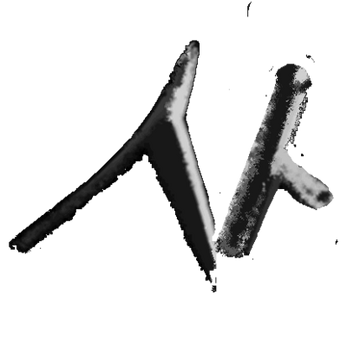
Hi! Think I ran into a bug when using the tall mode control code as part of a longer string (that then undoes it).
Seems like tall mode retains the doubled line height even after it's turned off in the same string. The following code produces this output:
cls() ?"\n ⁶t hi \n\n ⁶-t l1 \n l2 \n" |
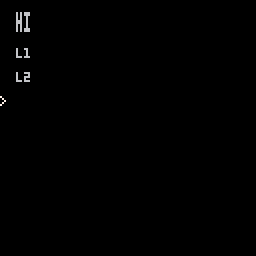
...when I'd expect it to produce this ("l1 \n l2" is no longer in tall mode, so the height of the line break shouldn't be doubled):
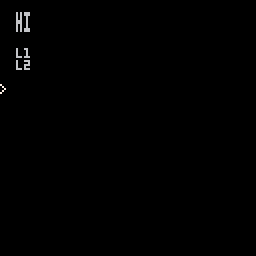
It seems like the only way to revert to normal line height is to start a new print command, but that's another 2 tokens! This is affecting a WYSIWYG-style static text editor I'm planning on releasing.



Age of Ants
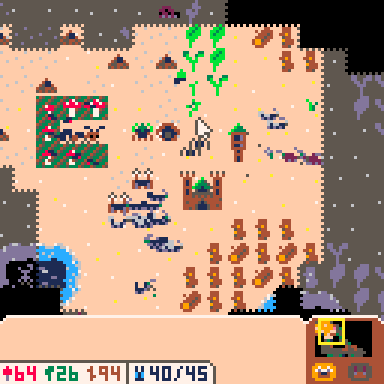
send your worker ants to gather resources…
amass an army to defend your queen…
build your ant empire and conquer the lawn!
Age of Ants is a demake of Age of Empires II (with an ant/bug retheme, why not), featuring:
- 1 map with 4 possible starting locations
- Up to 2 allied AI opponents with 3 difficulty modes
- 9 units, 8 buildings, 12 tech upgrades (most are repeatable)
- Up to 99 active units per player
- AoE2 controls & behaviors (let me know if something seems off, it's been a while)
- Savefiles¹ (save in the pause menu to generate a screenshot, drag and drop to load)
- Original soundtrack
- wololoooo
Defeat the enemy queen to win!
It's playable on:

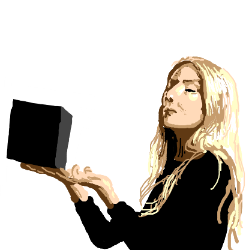


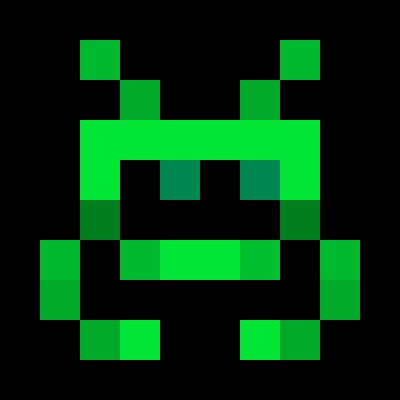
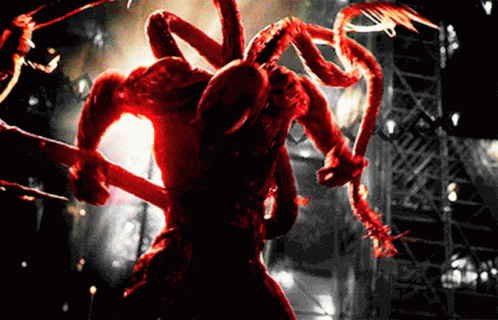

hello!
sorry if this is "yet another" boring token-saving post (haven't been around long enough to know how common they are), but here's a list of (fairly) generalizable token saving tricks i've compiled while working on my upcoming game, in case it might be helpful to anyone. i think there are some on here that i haven't seen elsewhere on bbs, but also some of these may be pretty basic :)
this list does not include unpack(split()) tricks, or _ENV tricks, which can both have enormous token windfalls.
also, by far the best way to save tokens is not using these tricks, but to stare at your code hard... really hard... until something clicks and you realize you can convey 3 variables' worth of information with one, that you can reuse functions, that you're doing the same computation throughout your code many times and can use a variable, etc. or you know, to delete stuff.
these are kind of last-resort, please god just 3 more tokens sorts of things (although they do add up). hope they are of some use. with that aside, let's begin!
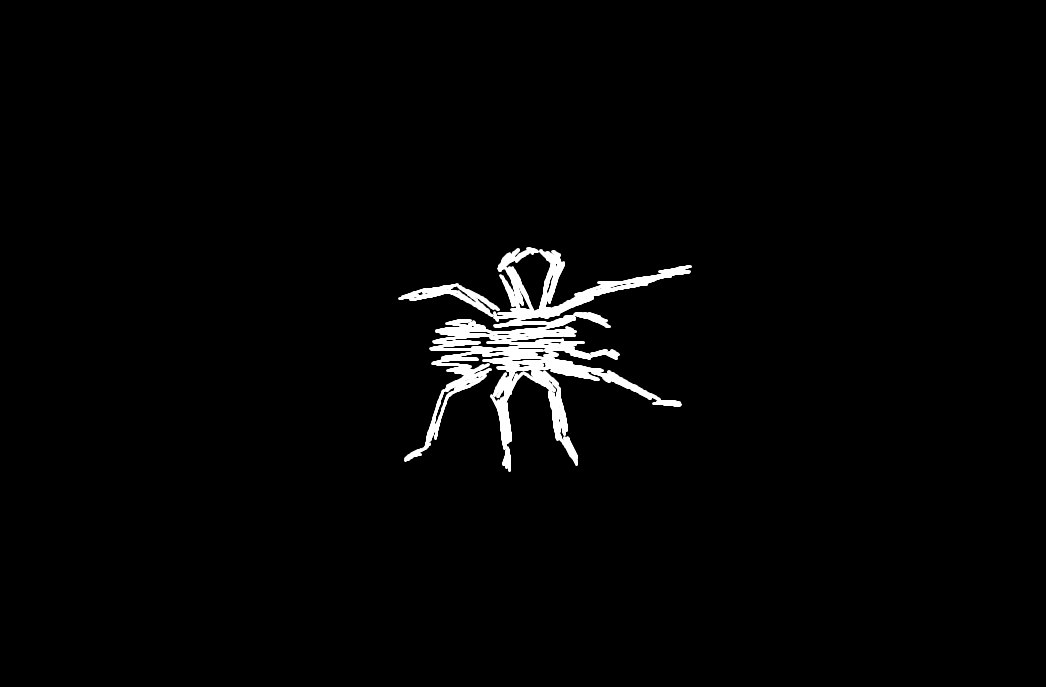

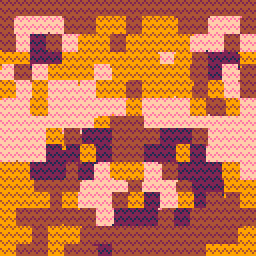









 6 comments
6 comments